My recent journey with Epic Moto Tours took me through the enchanting landscapes of Himachal Pradesh, each destination unveiling a new facet of the region’s raw beauty, rich culture, and warm-hearted people. I am Rukmani and this is my version of Spiti.
Starting from Delhi, I embarked on a memorable journey to Shimla, where the colonial charm still whispers through its architecture. The misty air and bustling Mall Road felt like a breath of fresh air, an ideal prelude to the serenity and adventure awaiting me.
Leaving Shimla behind, we journeyed to Chitkul, known as the last inhabited village on the Indo-Tibetan border. This small, secluded village is a world of its own—snow-capped peaks, crystal-clear rivers, and traditional wooden houses dotting the landscape. The people of Chitkul live a quiet, humble life, deeply connected to their culture and traditions. They welcomed us with open hearts, and their simple yet profound lifestyle was inspiring. From Chitkul, we moved on to Sangla, where vibrant green valleys and apple orchards painted the surroundings with life and color. The Baspa River runs through Sangla like a lifeline, and its gentle sound became a peaceful backdrop as I took in the area’s breathtaking vistas.
Our next destination, Nako, felt like stepping back in time. This quaint village, with its ancient monastery and sacred lake, is a place of profound tranquility. It is said that the monastery’s walls hold stories from centuries past, and I could feel the history resonating in every corner. In Tabo, the ancient monastery here stood as an architectural marvel in the stark Spitian landscape. Known as the “Ajanta of the Himalayas,” the monastery’s frescoes and murals depicted stories of Tibetan Buddhism, providing a glimpse into the spiritual depth that defines this land. The people in these villages were as fascinating as the landscape—deeply spiritual, grounded, and ever-welcoming.
Kaza, nestled in the heart of Spiti Valley, was our next major stop. I was surrounded by panoramic views of barren mountains and endless skies, creating an otherworldly atmosphere. Spending a day in Kaza and exploring its local sights was both restful and enlightening. I visited the Key Monastery, perched high on a hill, where monks chanted their daily prayers, creating a soundscape that seemed to blend with the wind. Kaza’s streets were filled with a mix of locals and travelers, each adding to the unique vibe of this remote town. The next day, I ventured further into the valley to explore Dhankhar, a village with an ancient monastery perched dramatically on a cliff. The views from Dhankhar were unforgettable, and the monastery, though weathered by time, stood as a testament to the endurance of this remarkable culture.
From Kaza, we made our way to Kalpa, a small village that offered mesmerizing views of the Kinnaur Kailash mountain range. Kalpa’s orchards and terraced fields, combined with the vivid prayer flags fluttering in the breeze, created an idyllic scene. The village’s serenity seemed to echo the resilient spirit of the people who call this region home, and I felt incredibly fortunate to witness such authenticity.
As I made my way back through Shimla and on to Delhi, I reflected on the journey and the memories I gathered along the way. Each village, each mountain, and each face told a story, offering me a glimpse into a life that moves to the rhythm of nature. The landscapes were vast and varied—from lush valleys to stark, silent deserts, each more captivating than the last. My journey through these remote Himalayan regions was more than just a trip; it was a soulful experience that connected me deeply to the beauty and culture of the Himalayas.




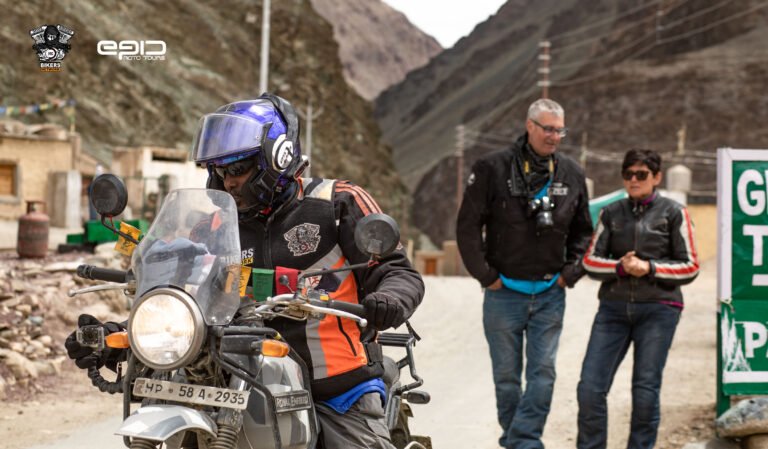
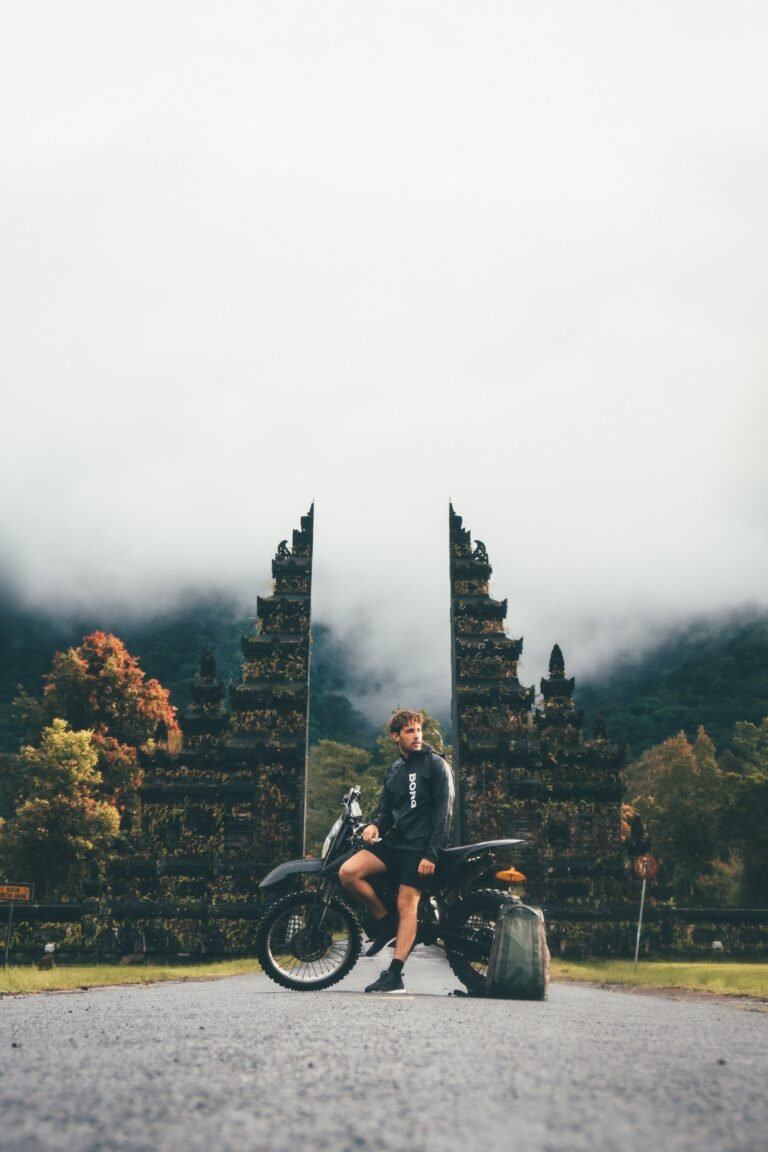
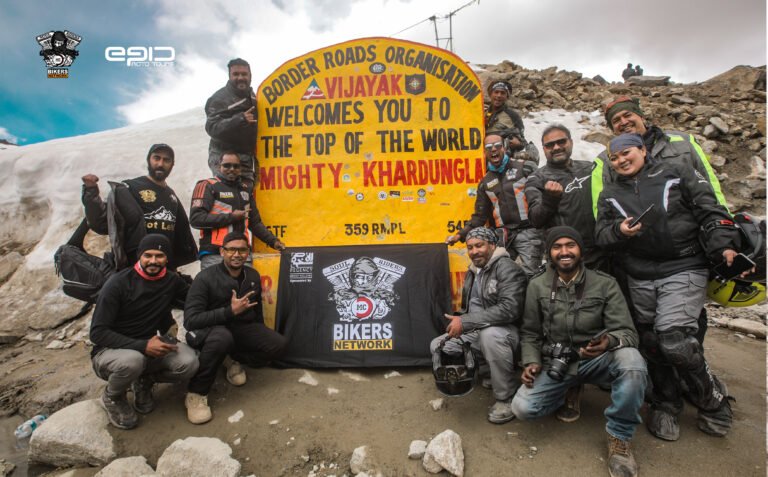
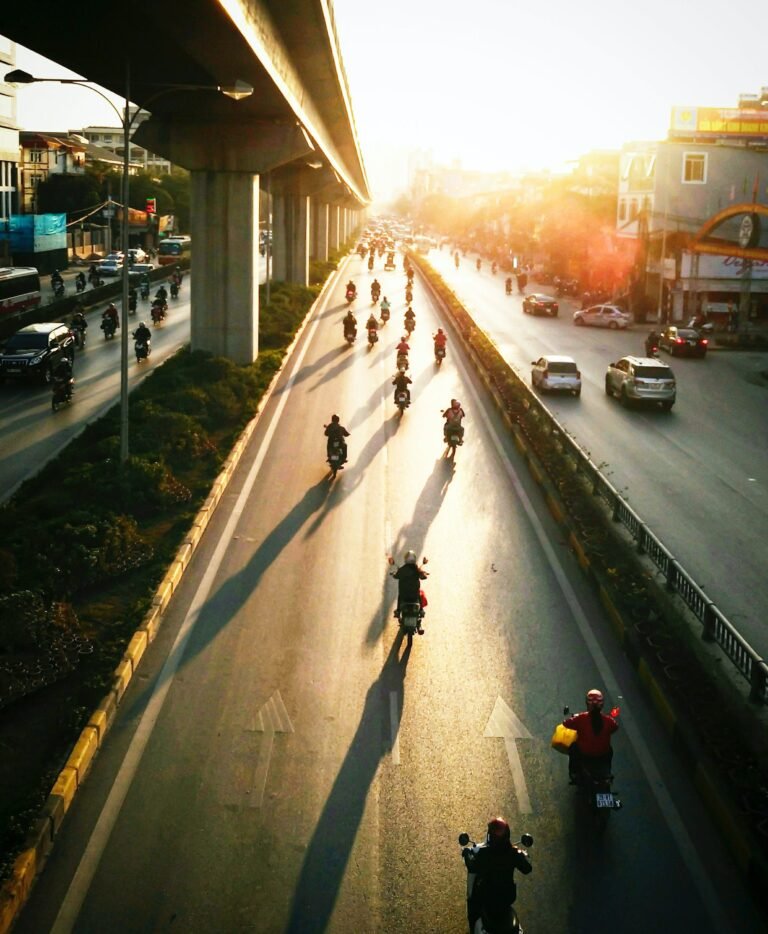
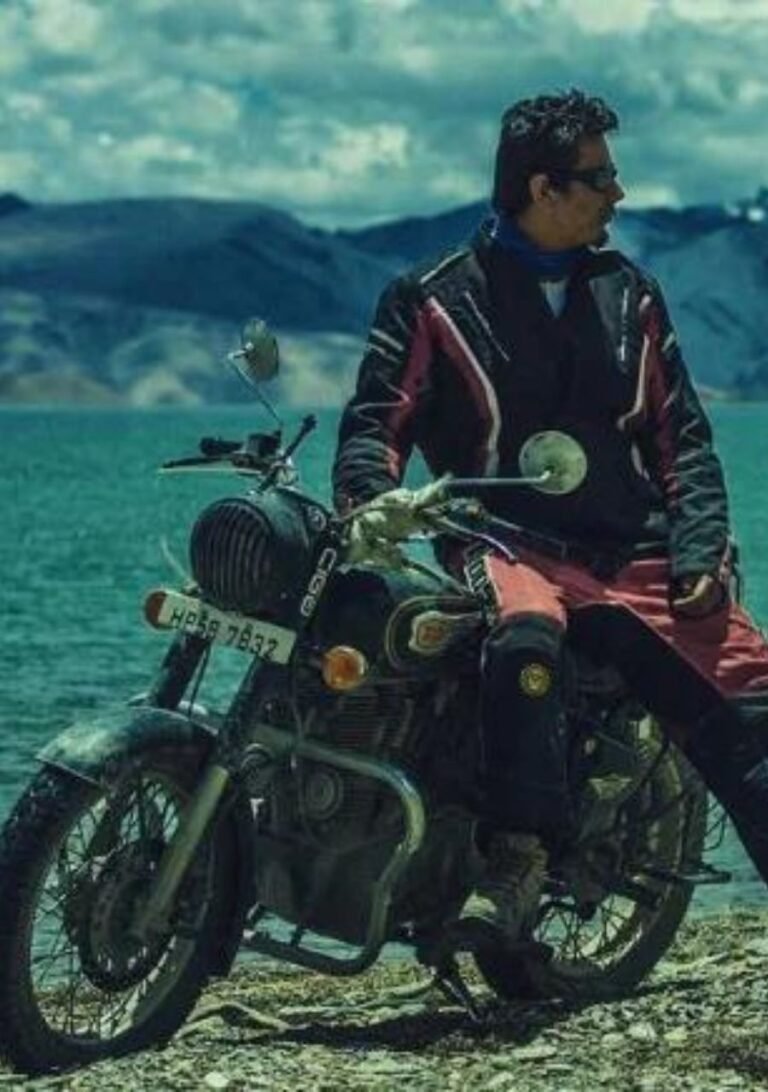
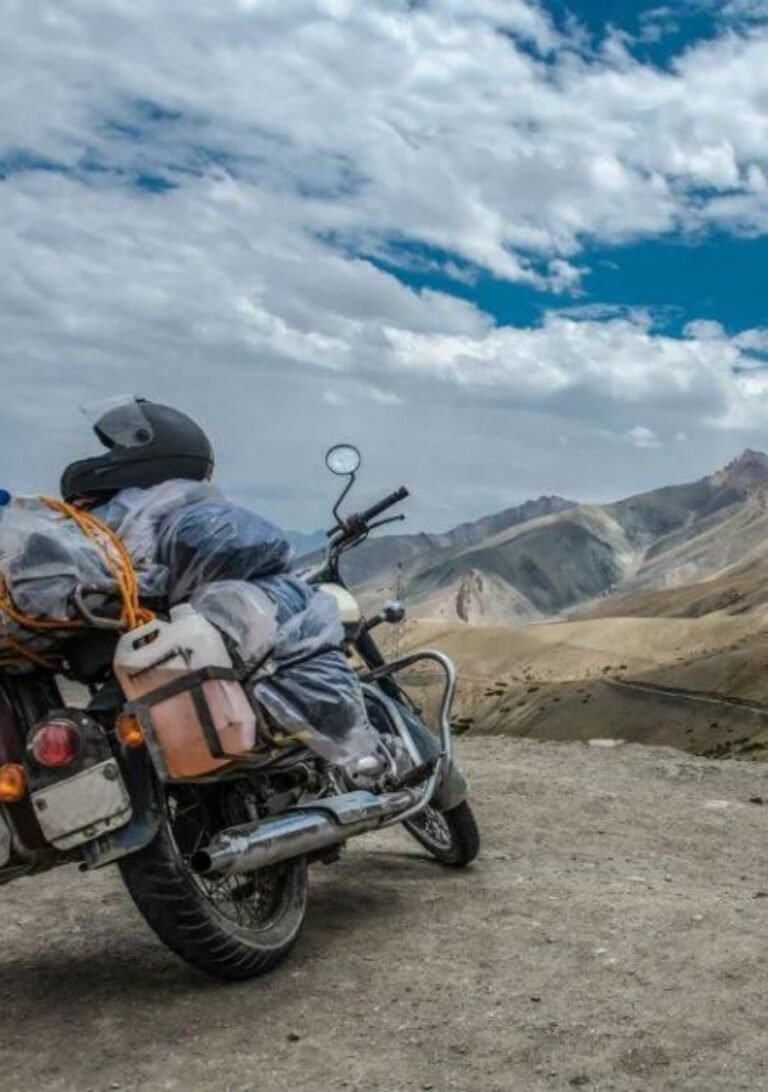
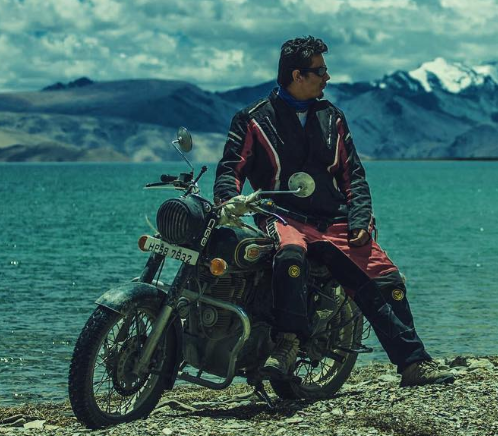
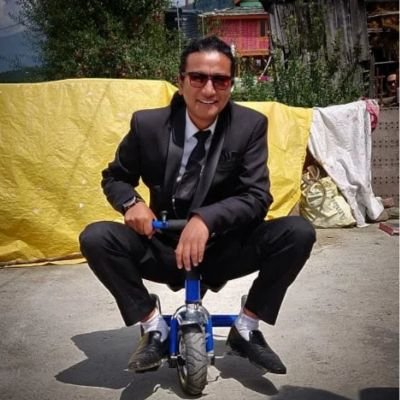
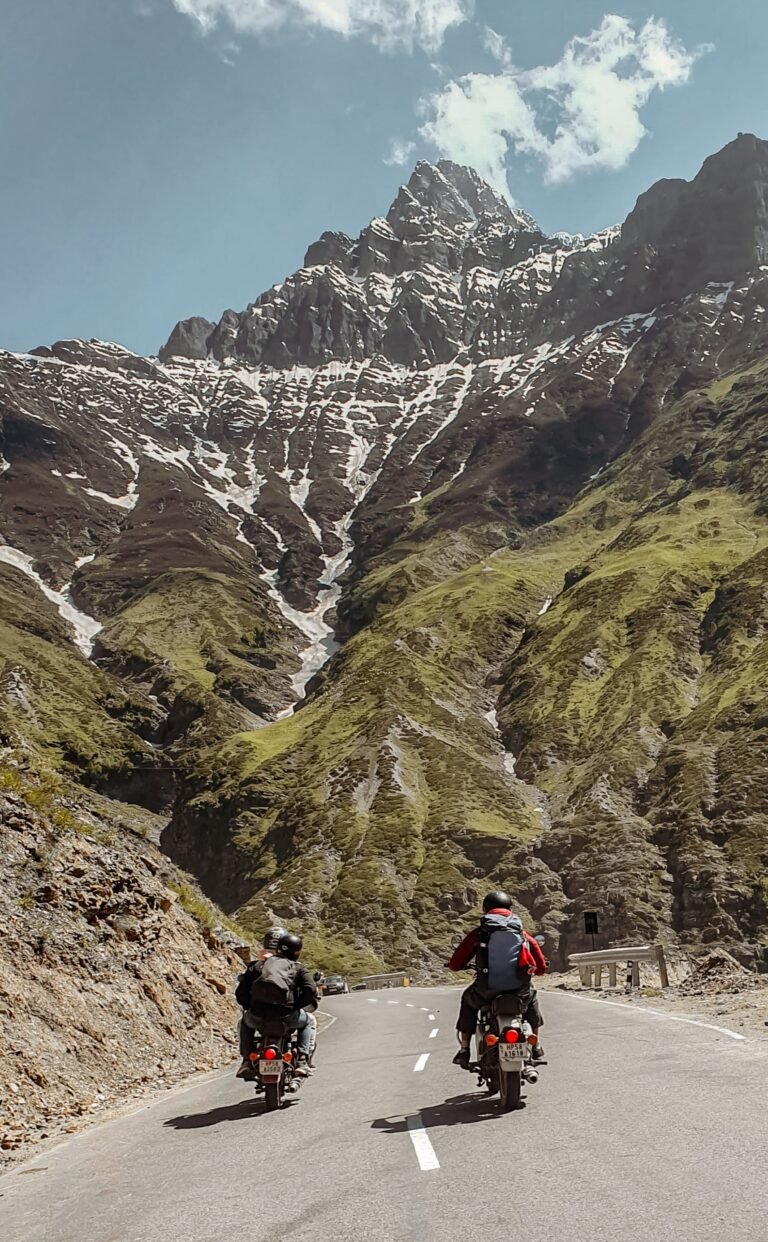

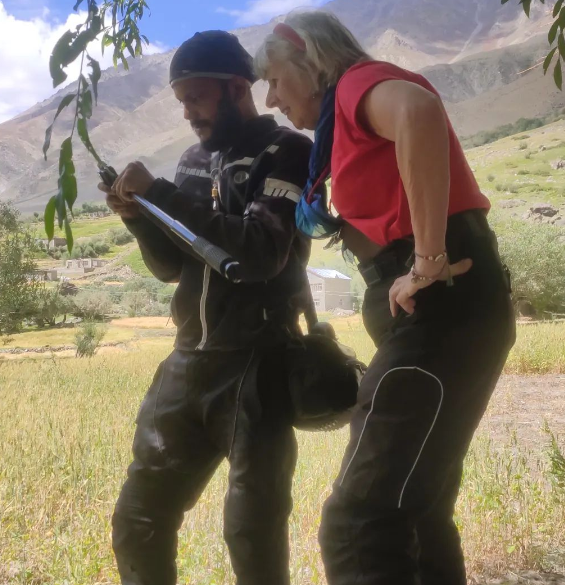
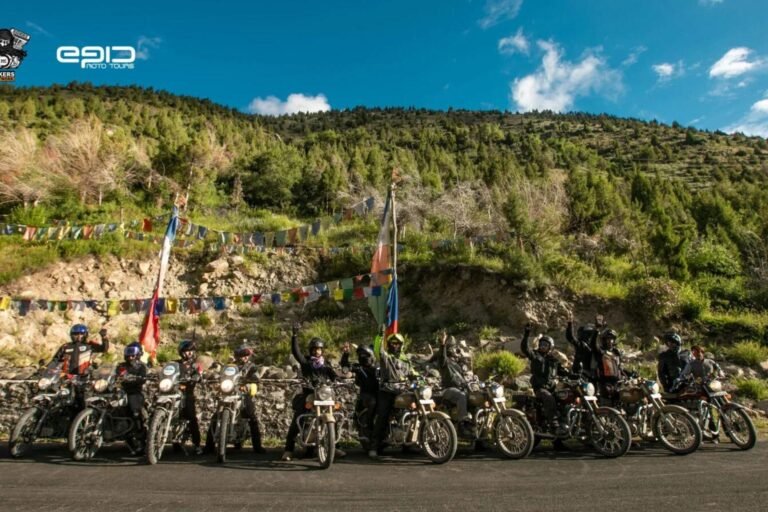
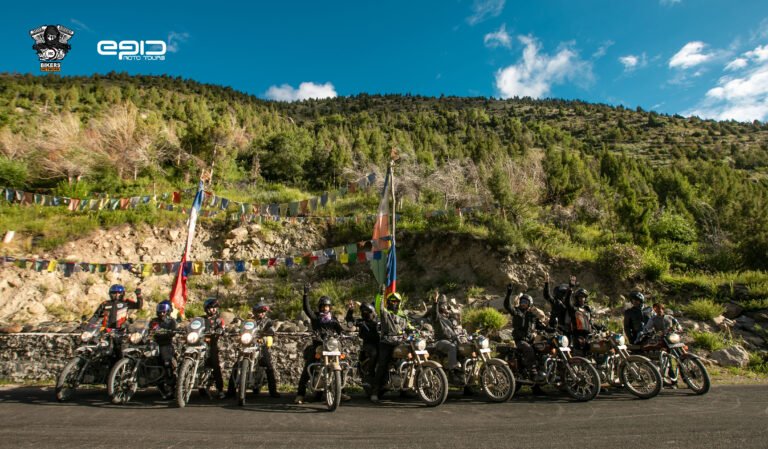

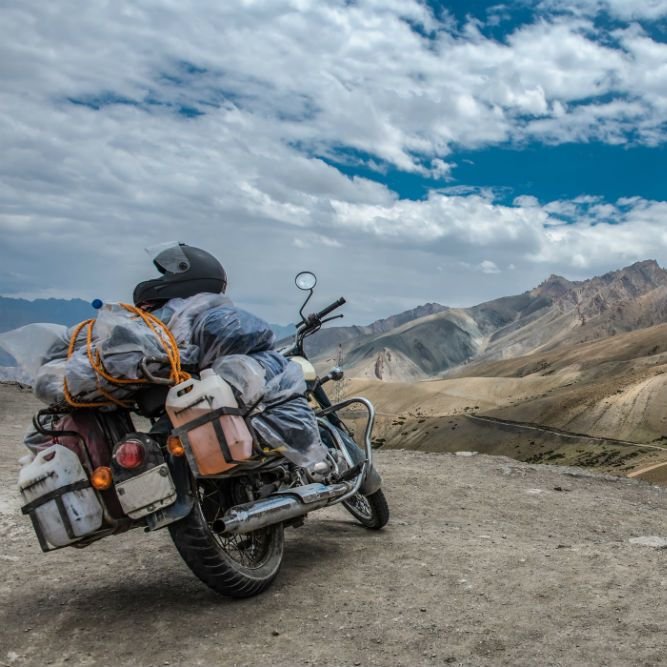
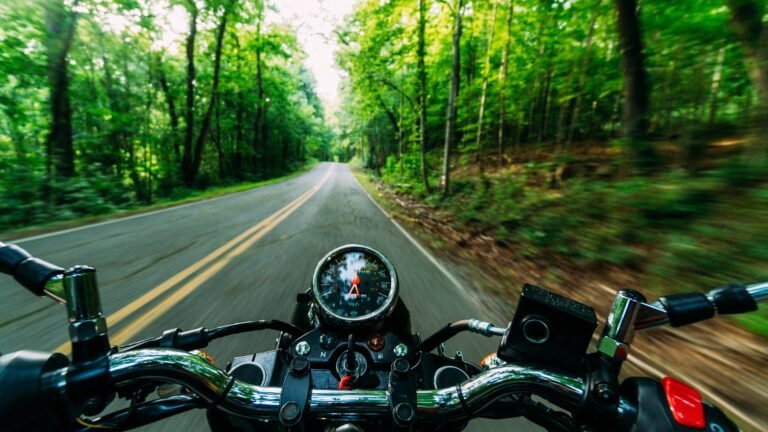


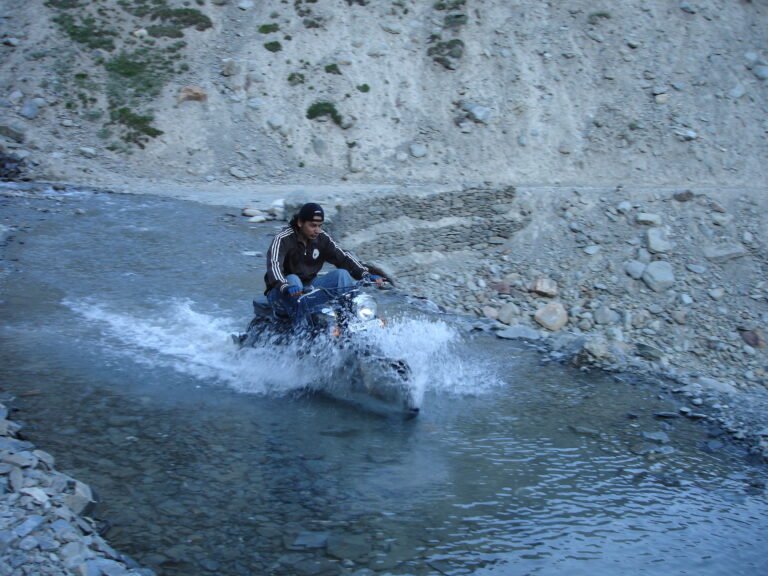
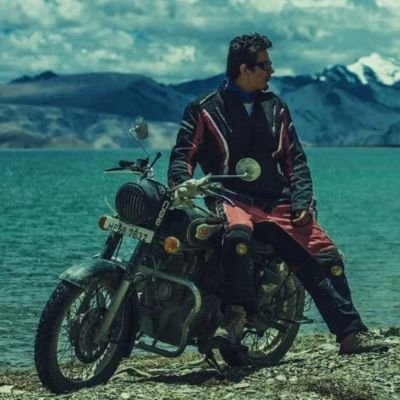

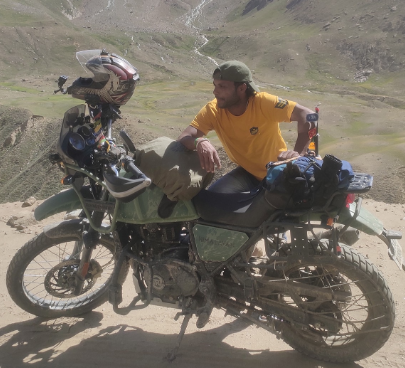
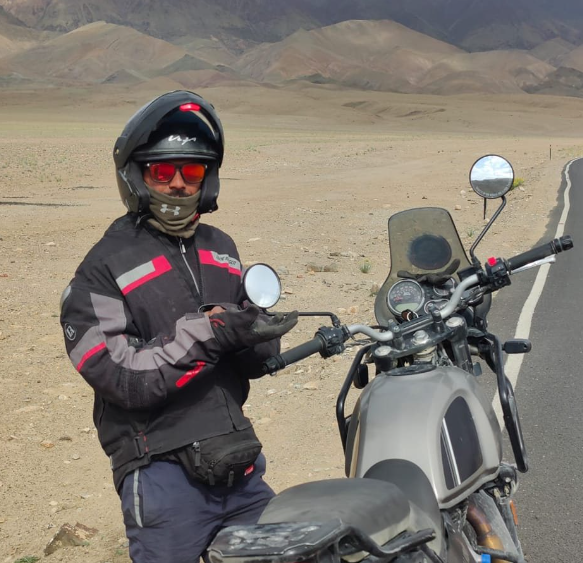
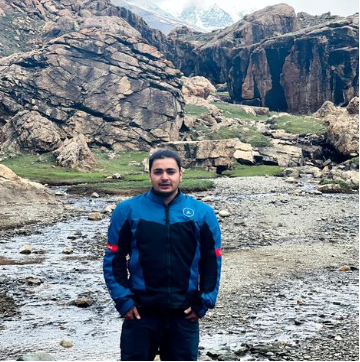


Recent Comments